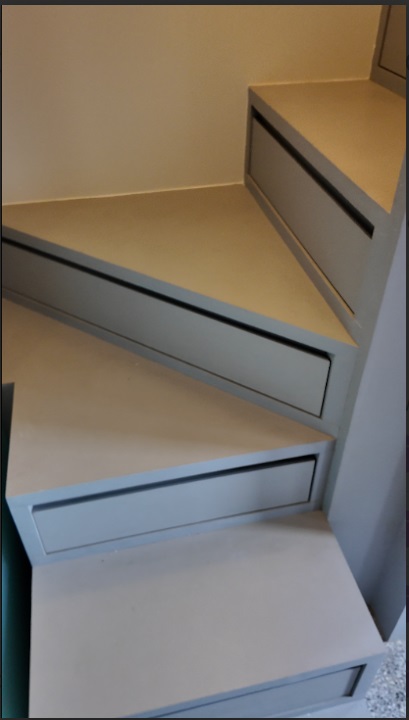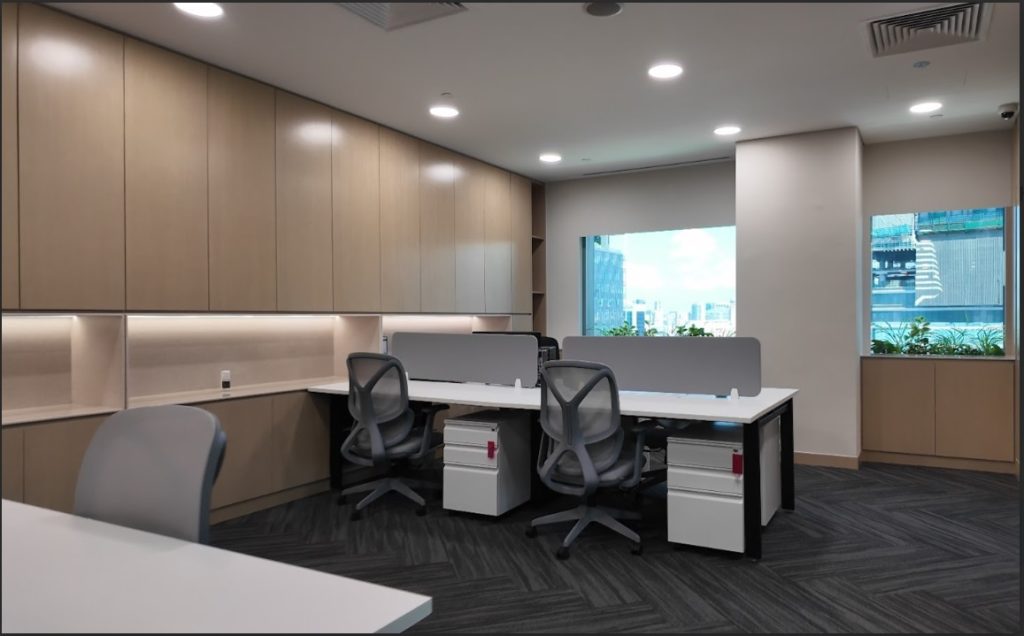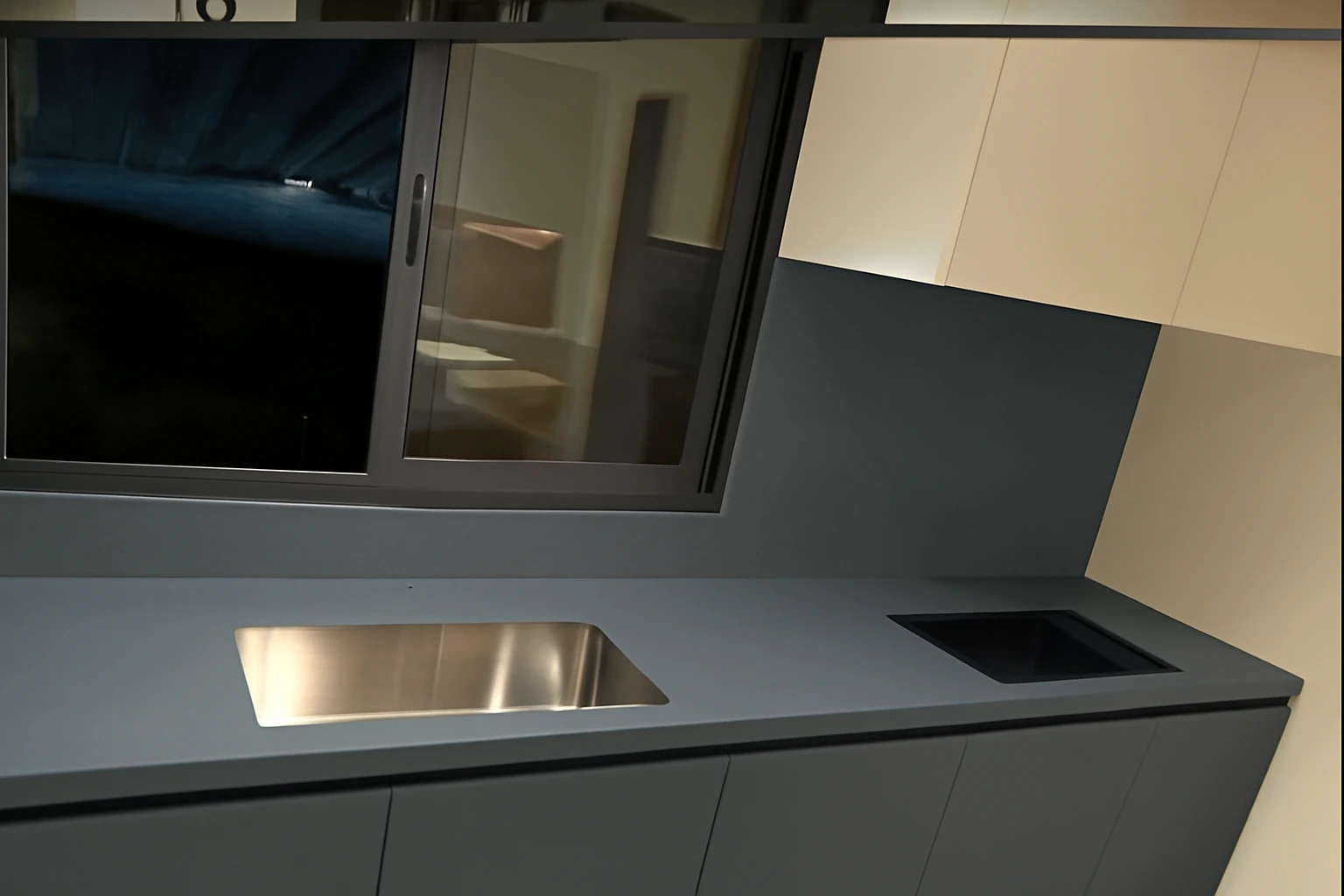
Navigating Full vs Small Aluminium Cabinets for your commercial or residential space often comes down to optimizing storage. Full aluminium cabinets offer expansive floor-to-ceiling construction, typically reaching 2.1 to 2.4 meters, designed for comprehensive storage. In contrast, small aluminium cabinets, usually 60-90cm in height, are crafted for targeted, flexible storage solutions. Your ultimate choice hinges on factors like available space, specific storage demands, and installation intricacies.
Your ultimate choice when considering Full vs Small Aluminium Cabinets hinges on factors like available space, specific storage demands, and installation intricacies. Full cabinets excel at maximizing vertical capacity and delivering a sleek, integrated look. Small cabinets, however, provide unmatched versatility for precise storage needs and simplify installation in challenging or evolving layouts.

Typically measuring 2100-2400mm in height, 300-900mm in width, and 300-600mm in depth, full aluminium cabinets are engineered for maximum vertical utilization. Their generous dimensions accommodate multiple storage compartments, including crucial overhead storage that harnesses full ceiling height. Standard configurations often feature 4-6 adjustable shelves or a versatile combination of shelves and drawers.
Full cabinets are unparalleled in environments demanding maximum storage capacity within minimal floor space. They are the optimal choice for commercial kitchens, high-demand utility rooms, workshops, and residential areas with ample ceiling height. Their vertical design efficiently stores items of diverse sizes, all while contributing to a seamless, uninterrupted aesthetic.
The integrated floor-to-ceiling design of full cabinets ensures even weight distribution and delivers superior structural stability over multiple independent smaller units. Crucially, this unified construction eliminates unsightly and unhygienic gaps where dust, debris, and contaminants can accumulate, making them a premier choice for hygiene-sensitive commercial kitchens and medical facilities.

Small aluminium cabinets offer remarkable versatility, with heights from compact 600mm units to medium 900mm options. Under-counter cabinets (600-720mm) integrate perfectly beneath standard work surfaces, while wall-mounted units (300-600mm) provide valuable overhead storage without occupying floor space. This category also includes specialized solutions like corner cabinets, dedicated appliance housings, and agile mobile storage units.
Small cabinets provide unparalleled installation flexibility, enabling custom configurations that seamlessly adapt to irregular spaces, existing fixtures, and evolving workflow requirements. Their inherent adaptability means they can be easily relocated, reconfigured, or expanded as your needs change, making them perfect for dynamic commercial operations or future-proof residential renovations.
For projects with limited storage requirements or specific space constraints, small cabinets deliver highly cost-effective solutions, preventing over-investment in unneeded capacity. Their modular nature allows for phased installations and targeted upgrades to specific areas, offering a strategic alternative to full-system replacements.
Accessing upper compartments of full cabinets often necessitates step stools or ladders, a factor that can impact workflow efficiency in fast-paced operational environments. In contrast, small cabinets keep all stored items within effortless reach (typically 600-1800mm height), significantly improving accessibility for all users and enhancing overall workplace safety.

Installing full cabinets demands more intricate planning and may necessitate additional structural support, leading to a 20-30% increase in installation costs. Small cabinets, while simpler to install individually, might incur costs from multiple mounting points and supplementary hardware, which can occasionally offset their initial cost advantages.
For stable environments with consistent storage demands, full cabinets consistently offer superior long-term value. Conversely, small cabinets provide exceptional flexibility value in dynamic settings where future reconfiguration or expansion is highly probable. A crucial step in evaluating overall cost-effectiveness is to meticulously consider your 5-10 year space planning projections.

Full Cabinets Best For:
Small Cabinets Best For:
Residential Applications: Ideal Scenarios:
Small Cabinets Perfect For:
Full cabinets necessitate adequate ceiling height (minimum 2.2m) and may require specific wall reinforcement to ensure proper, secure mounting. Their floor-to-ceiling installation demands careful consideration of any ceiling irregularities and might call for custom sizing.Given their substantial size and weight, professional installation is highly recommended.
Small cabinets boast inherent installation flexibility, readily accommodating various wall types with standard mounting hardware. They adapt more easily to uneven surfaces and can be precisely adjusted to navigate around plumbing or electrical obstacles. For homeowners with basic tools and skills, DIY installation is often a feasible option.
Full cabinets work best in rectangular spaces with consistent ceiling heights. Small cabinets excel in irregular spaces, areas with obstacles, or locations requiring specific storage solutions. Consider door swing clearances, workflow patterns, and accessibility needs when planning either option.
Maintaining full cabinets often necessitates ladder access for cleaning upper sections, which can extend maintenance time and introduce safety considerations. Small cabinets, while offering more direct access for routine cleaning, may require more detailed attention due to their increased number of individual units and mounting points.
While both full and small aluminium cabinets share impressive material longevity (15-20 years), full cabinets may exhibit less wear on individual components given their distributed usage patterns. Conversely, small cabinets, especially in active storage zones, are subject to more frequent opening and closing cycles.
Small cabinets allow for individual unit repair or replacement without affecting entire storage systems. Full cabinet repairs may require complete unit replacement, but failures are typically less frequent due to robust construction and distributed stress.
Calculate your current and projected storage requirements in cubic meters. Consider item sizes, access frequency, and organization preferences. Full cabinets suit bulk storage needs, while small cabinets work better for frequently accessed items.
Measure ceiling heights, floor space, and consider obstacles like plumbing, electrical, or HVAC components. Full cabinets require clear vertical space, while small cabinets can work around constraints.
Factor in initial costs, installation expenses, and long-term flexibility needs. Full cabinets offer better cost-per-volume but require higher upfront investment. With small cabinets, you can implement in phases, providing more adaptable budget management.
Consider your 5-10 year space planning. Will your storage needs change? Might you relocate or reconfigure? Small cabinets offer superior adaptability, while full cabinets provide stable, long-term solutions.
Choose full cabinets for dry storage, bulk ingredients, and equipment storage. Select small cabinets for prep stations, cleaning supplies, and areas requiring frequent reconfiguration. Many successful commercial kitchens use a combination approach.
Full cabinets work best in dedicated storage areas like pantries, utility rooms, and garages. Small cabinets excel in living spaces, bedrooms, and areas where aesthetics and flexibility matter most.
Full cabinets suit tool storage, inventory management, and bulk material storage. Small cabinets work better for workstation organization, mobile storage needs, and specialized equipment housing.
Choosing between full and small aluminium cabinets requires careful consideration of your specific needs, space constraints, and long-term plans. Professional consultation can help optimize your storage solution and ensure proper installation.
Contact our cabinet specialists for a personalized assessment of your space and storage requirements. We provide detailed recommendations, cost comparisons, and installation planning to help you make the best decision for your specific situation.
Don’t Settle for Less: See Why Singapore’s Top Commercial Kitchens Choose T Se7en Alucraft. CONSULT US NOW
3G and 4G in aluminium kitchen cabinets denote distinct design generations, primarily impacting the visual prominence of the door frame. 3G designs typically feature a noticeable, framed border around the door panel, offering a classic aesthetic. Conversely, 4G represents a sleek, modern evolution with a minimal or near-invisible frame, allowing the door panel to appear flush and seamless for an ultra-contemporary look. This distinction is about evolving aesthetics and integration, not the core material’s performance.
Absolutely, aluminium is an optimal material for commercial kitchens in Singapore. Its inherent properties like superior resistance to steam, grease, and temperature extremes make it uniquely suited. Aluminium cabinets are also non-porous and naturally hygienic, meeting stringent NEA and HACCP food safety standards, and are inherently fire-resistant, ensuring BCA compliance for a safe and durable culinary environment.
Aluminium wardrobes are overwhelmingly considered a superior choice, especially in humid climates like Singapore, due to their robust advantages. They are exceptionally durable, impervious to humidity-induced warping, and completely immune to pests like termites. While the initial investment can be higher than some alternatives, their low maintenance, lasting aesthetic appeal, and remarkable longevity make them a highly beneficial and sustainable option for modern homes.
Kitchen cabinet costs stem from a blend of premium materials, intricate customization, skilled craftsmanship, and advanced hardware. High-grade materials (like specialized aluminium), bespoke designs tailored to exact specifications, and the precision labor required for fabrication and installation are significant contributors. Furthermore, quality features such as soft-close mechanisms and integrated solutions, alongside brand reputation and operational overheads, collectively drive the investment. This higher initial outlay, however, often translates to a lower total cost of ownership over time due to enhanced durability.
No, aluminium cabinets do not rust, as rust is a specific form of corrosion that only affects iron and steel. Instead, aluminium forms a protective, self-repairing oxide layer when exposed to air. This natural process actually safeguards the underlying metal from further degradation, ensuring the cabinet’s long-term integrity and making it exceptionally resilient to moisture and humidity, unlike iron-based metals.
Location: 39 Woodlands Cl, #05-21, Singapore 737856
Phone: +65 9615 9273
Email: marketing@tse7en.com
Website: https://www.tse7en.com
Follow Us on Social Media:
Speak to a professional now and get personalized consultation and guidance for your next renovation. Work with a team you can trust!

Home Blog Monochromatic colour schemes are steadily becoming the hallmark of modern luxury interiors. Among these combinations, grey kitchen cabinets with black granite countertops stand...